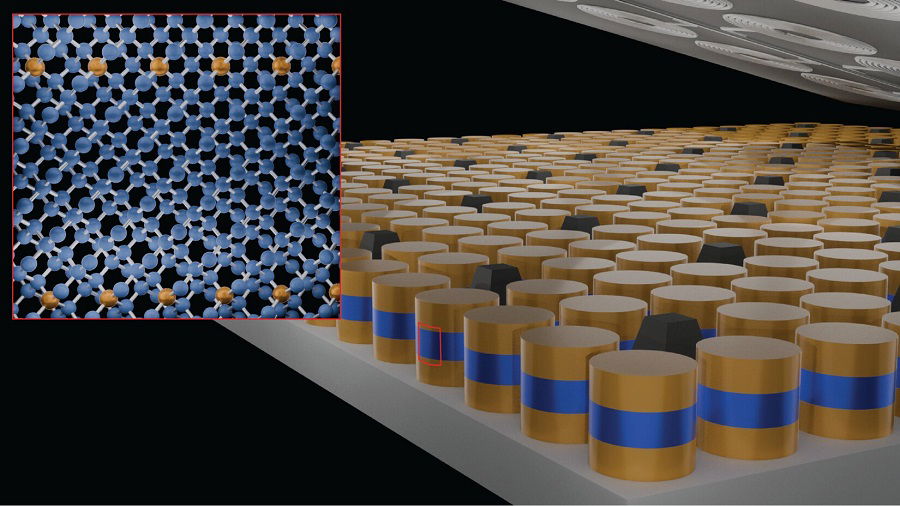
Scientists have created a new form of germanium—a material already central to computer chips and fiber optics—that can conduct electricity with zero resistance. This groundbreaking discovery could pave the way for a new generation of ultra-efficient, high-speed electronics and quantum devices.
For decades, researchers have dreamed of making semiconductors that are also superconductors. Semiconductors like silicon and germanium form the foundation of modern electronics, while superconductors can carry electrical current indefinitely without losing energy. Combining both properties in a single material could dramatically boost the performance and energy efficiency of computers, sensors, and communication systems.
However, turning a semiconductor into a superconductor has been an enormous challenge. These materials are hard to modify without disrupting their delicate atomic structure, which determines how electrons move through them.
In a new study published in *Nature Nanotechnology*, an international team led by scientists from New York University and the University of Queensland has finally achieved superconductivity in germanium. Using advanced fabrication techniques, they made ultra-thin germanium films that conduct electricity without resistance at a temperature of 3.5 Kelvin (about -453°F).
“Establishing superconductivity in germanium, which is already a workhorse of modern technology, could revolutionize everything from computing to communications,” says Javad Shabani, a physicist at New York University and co-author of the study. “These materials could form the backbone of future quantum circuits, sensors, and ultra-low-power electronics.”
To make germanium superconducting, the researchers infused it with gallium—a soft, metallic element commonly used in electronics. This process, known as “doping,” alters the electrical behavior of a semiconductor by adding impurities that introduce more free electrons. However, doping germanium with large amounts of gallium usually causes the crystal to collapse and lose its structure, preventing superconductivity.
The breakthrough came when the team used a highly precise method called molecular beam epitaxy to insert gallium atoms directly into germanium’s crystal lattice without destroying it. This approach allowed them to “stretch” the crystal slightly, keeping it stable while enabling electron pairs—the key to superconductivity—to move freely without resistance.
“By growing the material atom by atom, we can finally see and control how superconductivity emerges in group IV elements like germanium and silicon,” explains Peter Jacobson, a physicist at the University of Queensland.
The success of this approach could mark the start of a new era in electronics—where chips are not only smaller and faster but also vastly more energy-efficient. As Shabani notes, “Superconducting germanium could bridge the gap between today’s semiconductor industry and tomorrow’s quantum technologies.”
https://knowridge.com/2025/11/scientists-reveal-superconducting-germanium-that-could-revolutionize-computing/



